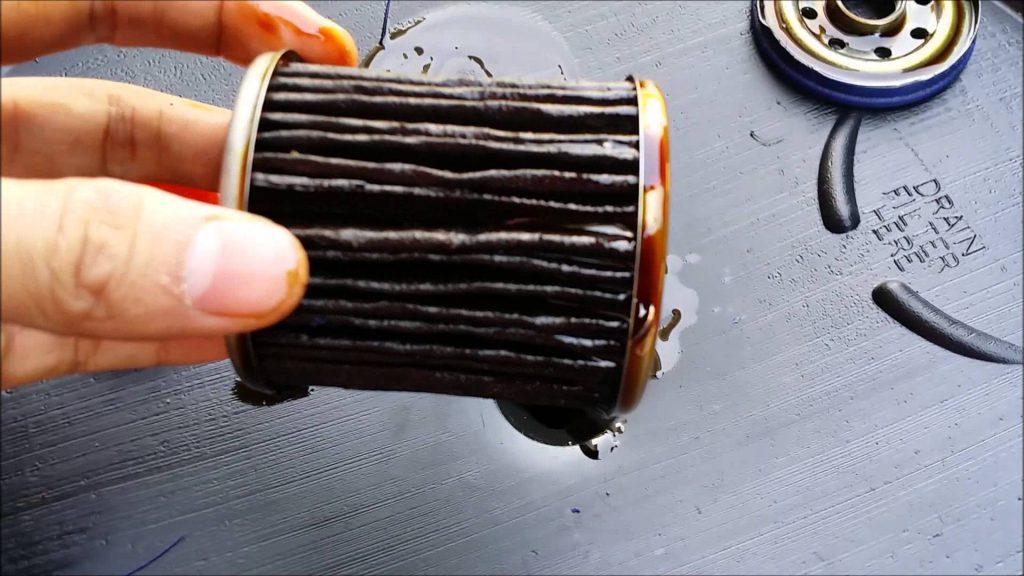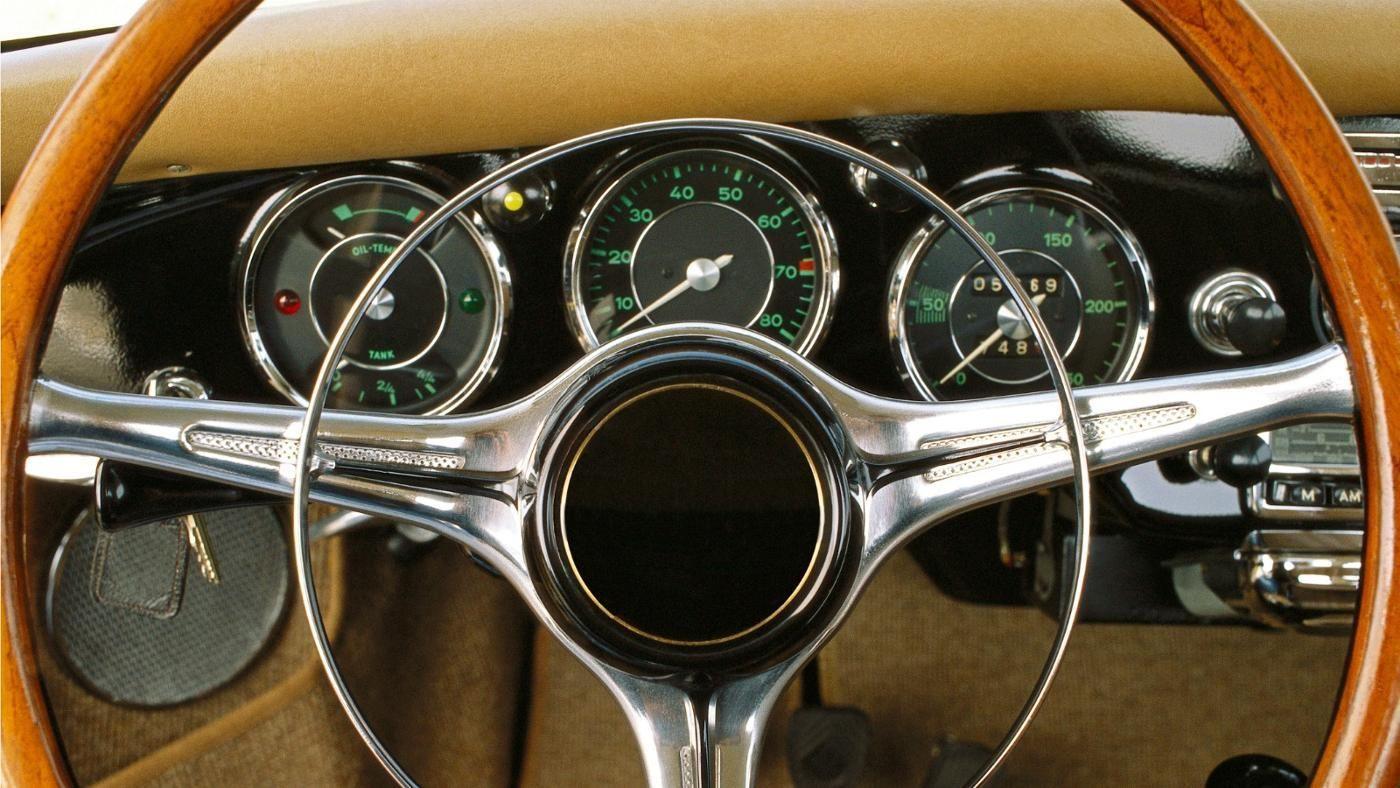Experiencing high oil pressure on a regular or recurrent basis is a bad sign for your car. The ideal pressure should keep the gauge at the median point. When it is higher than that level, you should be worried because the problem could be as serious as the point of changing or rebuilding the engine. If it’s a used car engine, then a bad oil-sending unit is the possible culprit.
Contents
What Is The Oil Pressure?
When the engine is running, the oil pressure is usually in the range of 2.5 – 4 kg/cm2 (depending on the vehicle model). When the engine operates without load, the pressure level is usually below 0.5 kg/cm2. Normal oil pressure always remains stable within this level. If the oil pressure suddenly increases or drops below the standard level, it is a sign that the oil system is having problems.
Cars are equipped with oil pressure sensors. If it detects that the oil pressure is too high or too low beyond the standard level, the sensor will transmit a signal and the ECU will turn on the oil warning light to notify the driver. When you see your vehicle has high oil pressure, you need to check it as soon as possible. Because a malfunction in the oil system will greatly affect the engine.
Common Cause of High Oil Pressure
Apart from the engine issues, the malfunctioning and deteriorated condition of several components can be the reasons for showing a high reading in the pressure gauge. There are a handful of potential causes that may lead to this condition.
Engine temperature
Engine temperature is the reason if the pressure gauge hangs on a high level while idling or at the time of starting the engine when you are not driving, the engine and the fuel cool down. After being switched on, the engine starts warming up to reach the optimal operating temperature and heats the oil in the process. The result is high oil pressure.
Problem in relief valve
If the pressure gauge does not come to the normal level after starting the engine and driving the car for some time, you should check the relief valve. It prevents damage to the piping and vessels by releasing extra pressure. If it’s defective, it won’t be able to regulate the oil pressure.
Fuel quality
Low-quality oil is another reason for creating low and high oil pressure. If the oil is thinner than usual, it will lower pressure by passing like water through the engine. Similarly, thicker oil will create a higher pressure because of having difficulty to reach all the engine parts. Always use fuel with the correct viscosity to avoid this problem.
See more:
- Why Does the Oil Pressure Light Comes on after an Oil Change
- Tips to Choose the Right Fuel for Your Car
Dirty filter
The oil filter does the job of sieving all the contaminants from the fuel so that the engine gets adequate lubrication from dirt-free oil. If you don’t clean it for a long time, the accumulated dirt and debris clog the filter and it cannot supply enough fuel to the engine components. As a result, their temperature increases and leads to the high oil pressure. Keeping the filter clean is vital for ensuring the good health of the engine.

Miscellaneous reasons
Apart from the ones mentioned above, there could be some other minor reasons for this problem to occur. Any damaged part of the oil sending unit or block in the oil passage will disrupt the flow of the fuel. In addition, defective oil pumps and worn-out bearings also contribute to increasing the oil pressure. You have to replace the pump and bearings, repair the oil sending unit, and clean the blocked passage to ensure normal oil flow and safe oil pressure.
Let’s find out how oil pressure work first!
How To Check Oil Pressure?
Step 1: Check the oil level. Open the hood to check the car’s oil with the dipstick. If the oil in the car is still full and the oil pressure light is on, it means the car is having other errors.
Step 2: Check the oil pressure sensor. Remove the sensor, install the pressure gauge, and start the vehicle. If the obtained value is exactly the standard oil pressure value, it means the sensor is faulty. If the obtained value is higher than the standard value, it means the sensor is still working well, and, high oil pressure is due to other reasons.
Step 3: Check the oil filter. If the oil filter is clogged with too much dirt, it will easily clog the filter, causing less pumped oil, causing pressure to decrease.
Step 4: Check the safety valve. If the safety valve is damaged, it can cause low oil pressure.
Step 5: Check the crankshaft bearing. If the crankshaft bearing is worn, it can cause oil to leak out of the system, causing low oil pressure.
Step 6: Check the oil pump. If the vehicle has no oil pressure or very low oil pressure, there is a high possibility that the oil pump is having problems. You should check the drive belt of the oil pump.
Here is how to fix high oil pressure issue in an Chevy!



